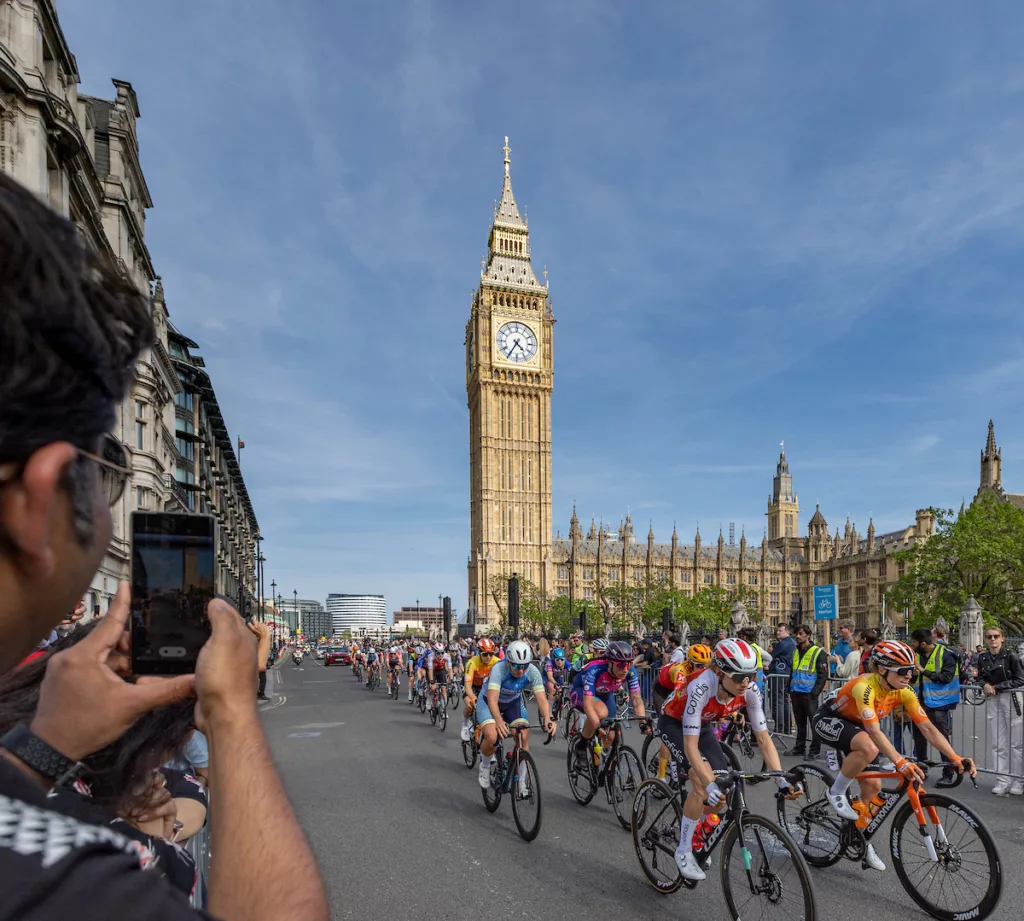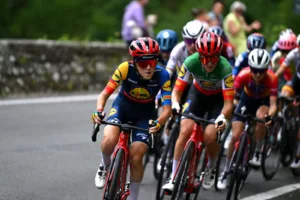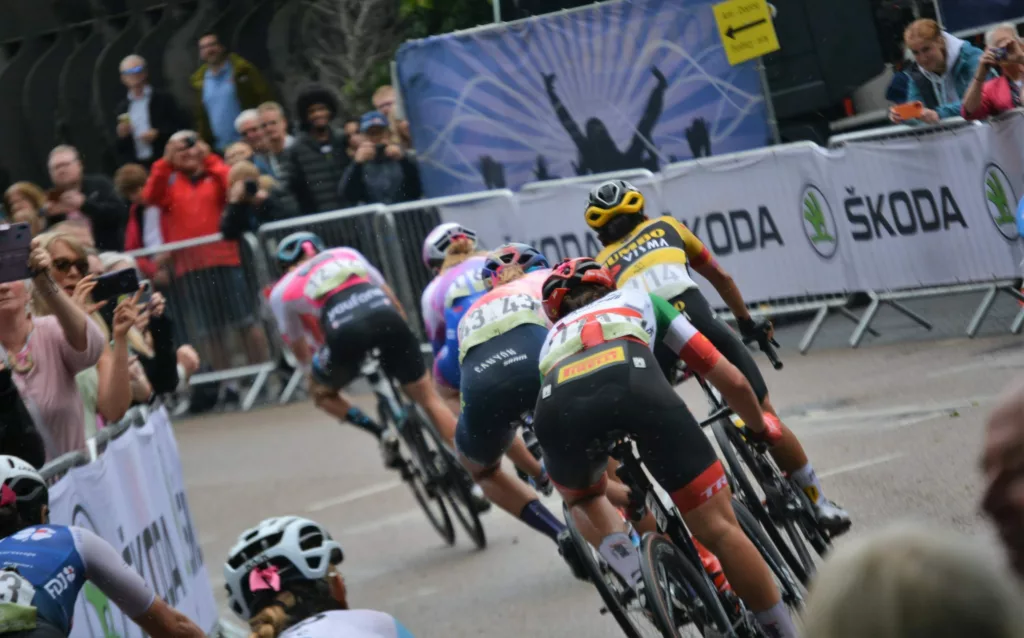Embarking on a cycling journey from London to Paris in under 24 hours is a daunting but exhilarating challenge that combines endurance, determination, and a love for exploration. While it requires meticulous planning and preparation, completing this epic ride will reward you with unforgettable memories and a sense of accomplishment. In this article, we will guide you through the essential aspects of this adventure, including route options, ferry choices, fueling strategies, major towns on the route, and tips to ensure you meet your deadline.
Table of Contents
ToggleRoute Options
Several route options are available when cycling from London to Paris, each offering a unique experience. The most popular routes include:
- Traditional Route (via Newhaven-Dieppe): This route covers approximately 370 kilometres and involves a ferry crossing from Newhaven to Dieppe. The road from London to Newhaven passes through scenic countryside and offers relatively quiet routes.
- Avenue Verte: This route extends over 400 kilometres, primarily using dedicated cycling paths and quiet roads. It provides a more tranquil journey with less traffic and beautiful rural landscapes.
- Coast to Coast (via Portsmouth-Le Havre): This route spans around 490 kilometres and involves a ferry crossing from Portsmouth to Le Havre. It offers stunning coastal views and a mix of countryside and urban landscapes and uses the National Cycle Network Route 22.
- Dover-Calais: This route covers approximately 330 kilometres and involves a ferry crossing from Dover to Calais. It is the shortest route over water option and offers beautiful coastal scenery.
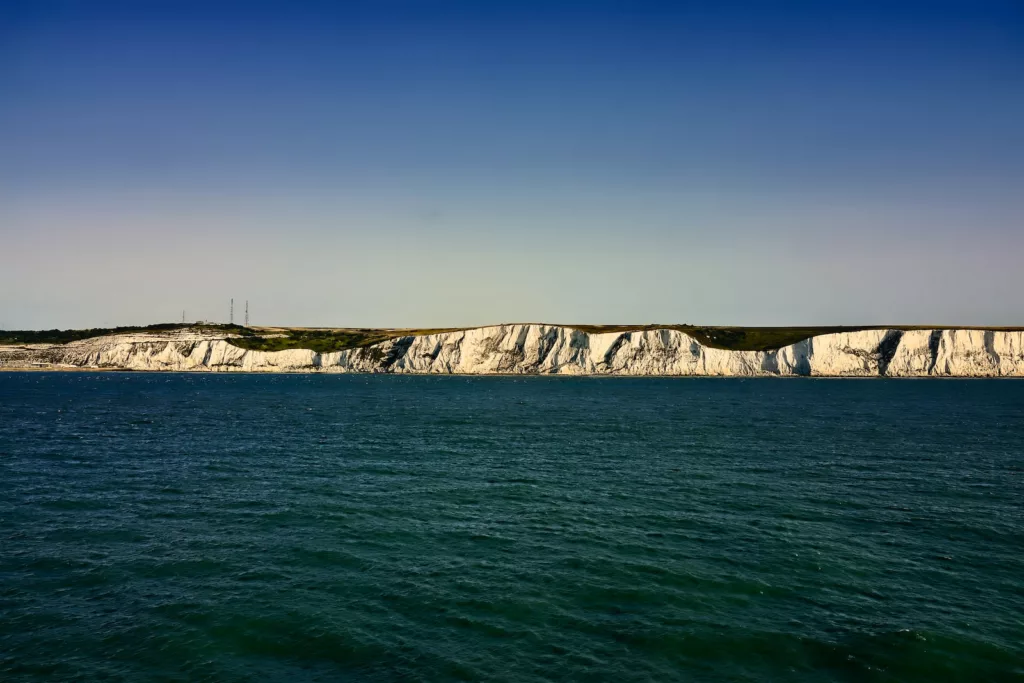
Ferry Options
For those choosing the traditional or coast-to-coast routes, a ferry crossing is required. The most common ferry options are:
- Newhaven to Dieppe: Operated by DFDS Seaways, this route offers several daily sailings and takes approximately 4 hours.
- Portsmouth to Le Havre: Provided by Brittany Ferries, this route has overnight sailings, allowing you to rest during the crossing and arrive in France refreshed.
- Dover to Calais: Operated by various ferry companies, including P&O Ferries and DFDS Seaways, this route offers frequent sailings throughout the day, with a crossing time of around 60-90 minutes.
What to Eat and Drink for a Long Ride
Maintaining proper nutrition and hydration is crucial during a long-distance ride. Here are some tips:
Carbohydrates: Consume a balanced mix of carbohydrates, such as energy bars, bananas, pasta, and rice, to fuel your muscles.
Hydration: Stay hydrated by drinking water regularly throughout the ride. Electrolyte drinks can also help replenish essential minerals.
Protein: Include protein-rich snacks like nuts, energy gels, and protein bars to aid muscle recovery and endurance.
Snacks: Carry lightweight, easily digestible snacks like dried fruits, energy gels, and sandwiches for quick energy boosts.

Major Towns on the Route
While cycling from London to Paris, you will encounter several notable towns along the way. These include:
- Newhaven: A coastal town in East Sussex, serving as the departure point for the Newhaven-Dieppe ferry.
- Dieppe: Located on the Normandy coast, this charming French town provides a great opportunity for a quick break before continuing the ride.
- Rouen: A historic city with a stunning cathedral and medieval architecture, offering an ideal spot for an extended rest stop or overnight stay.
- Giverny: Known for Claude Monet’s iconic gardens and house, Giverny offers a picturesque stop for art enthusiasts.
- Canterbury (England): Known for its stunning cathedral and medieval architecture, Canterbury is a historic city that serves as a popular tourist destination. It is a great place to explore before continuing your ride.
- Amiens (France): Located in northern France, Amiens is famous for its impressive Gothic cathedral, which is a UNESCO World Heritage site. Take some time to marvel at its beauty and enjoy the charming ambiance of the city.
- Beauvais (France): This town is home to the Beauvais Cathedral, another remarkable example of Gothic architecture. It is worth visiting for its historical significance and unique architectural features.
- Compiegne (France): Situated on the banks of the Oise River, Compiegne offers a blend of natural beauty and historical landmarks. Visit the Compiegne Palace and enjoy the surrounding forests and parks.
- Senlis (France): As you approach Paris, consider stopping by Senlis, a medieval town known for its well-preserved city walls and charming cobblestone streets. Take a stroll and immerse yourself in its rich history.
- Saint-Denis (France): Located just outside of Paris, Saint-Denis is famous for its basilica, which serves as the burial site of many French kings and queens. It offers a glimpse into the country’s regal past.
It’s impossible to visit all 10 places without a particularly convoluted route, but it helps show the options available for the route you might choose.

Ensuring You Meet the Deadline
To maximise your chances of completing the London to Paris ride within 24 hours, consider the following tips:
Train and Prepare
Build your fitness gradually, incorporating long-distance rides and hill training. Strengthen your core and leg muscles to improve endurance.
Build Endurance Gradually: Start your training well in advance, allowing your body to adapt to the increased physical demands of long-distance cycling. Begin with shorter rides and gradually increase the duration and intensity over time. Aim for a mix of shorter, high-intensity rides and longer, steady-paced rides to build both speed and endurance.
Incorporate Hill Training: London to Paris route includes various terrains, including some hilly sections. Therefore, it’s crucial to include hill training in your preparation. Find local routes with hills or inclines and practice climbing them. This will help strengthen your leg muscles and improve your overall endurance.
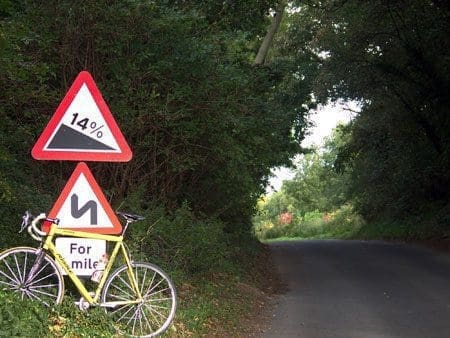
Strengthen Your Core: A strong core plays a vital role in cycling efficiency and stability. Incorporate exercises that target your core muscles, including planks, Russian twists, and bicycle crunches. Strengthening your core will help improve your balance, posture, and power transfer on the bike.
Practice Long-Distance Rides: Gradually increase the duration of your rides to simulate the physical and mental demands of the London to Paris journey. Aim to complete a few rides that are at least 70% of the total distance, preferably on similar terrain to what you’ll encounter during the challenge. This will help build confidence and familiarise yourself with the endurance required.
Test Your Equipment: Prior to the challenge, thoroughly inspect and test your bicycle, ensuring it is in proper working condition. Check the brakes, gears, tires, and lights. Practice changing a flat tire and carry essential repair tools and spare tubes. Familiarise yourself with the bike’s mechanics to address any minor issues that may arise during the ride.
Rest and Recovery: Alongside training, prioritise rest and recovery. Allow your body time to recuperate and adapt to the training stress. Get sufficient sleep, eat a balanced diet, and listen to your body’s signals to avoid overtraining or burnout.

Plan Rest Stops
When attempting to complete the London to Paris cycling challenge within 24 hours, planning your rest stops strategically is essential. While it’s crucial to keep your momentum and minimise time off the bike, taking short breaks for rest and refuelling is necessary to maintain your physical and mental well-being.
Determine Ideal Break Intervals: Calculate the total distance of your journey and divide it into manageable segments. Consider factors such as your fitness level, average speed, and terrain difficulty. Aim for rest stops every 40-60 kilometres or every 2-3 hours of riding.
Select Suitable Locations: Identify towns or areas along the route where you can find amenities such as food, water, and restrooms. Look for cafes, convenience stores, or parks that provide a convenient and safe spot to pause. This will ensure you have access to the necessary resources and facilities during your breaks.
Time Management: Set specific time limits for each rest stop. Keep your breaks short, ideally around 10-15 minutes, to prevent prolonged delays. Use this time to stretch, hydrate, consume snacks, and perform quick bike checks for any issues that may need attention.
Refuelling Strategy: Plan your nutrition and hydration during the rest stops. Carry energy bars, gels, fruits, and other lightweight snacks that provide a quick energy boost. Ensure you have an adequate water supply and consider electrolyte drinks to replenish essential minerals.
Rest and Recovery: While it’s important to manage time effectively, don’t neglect rest and recovery. Take a few moments to sit or lie down, allowing your body to relax and recover from the physical exertion. Perform light stretches to prevent muscle stiffness and promote blood circulation.
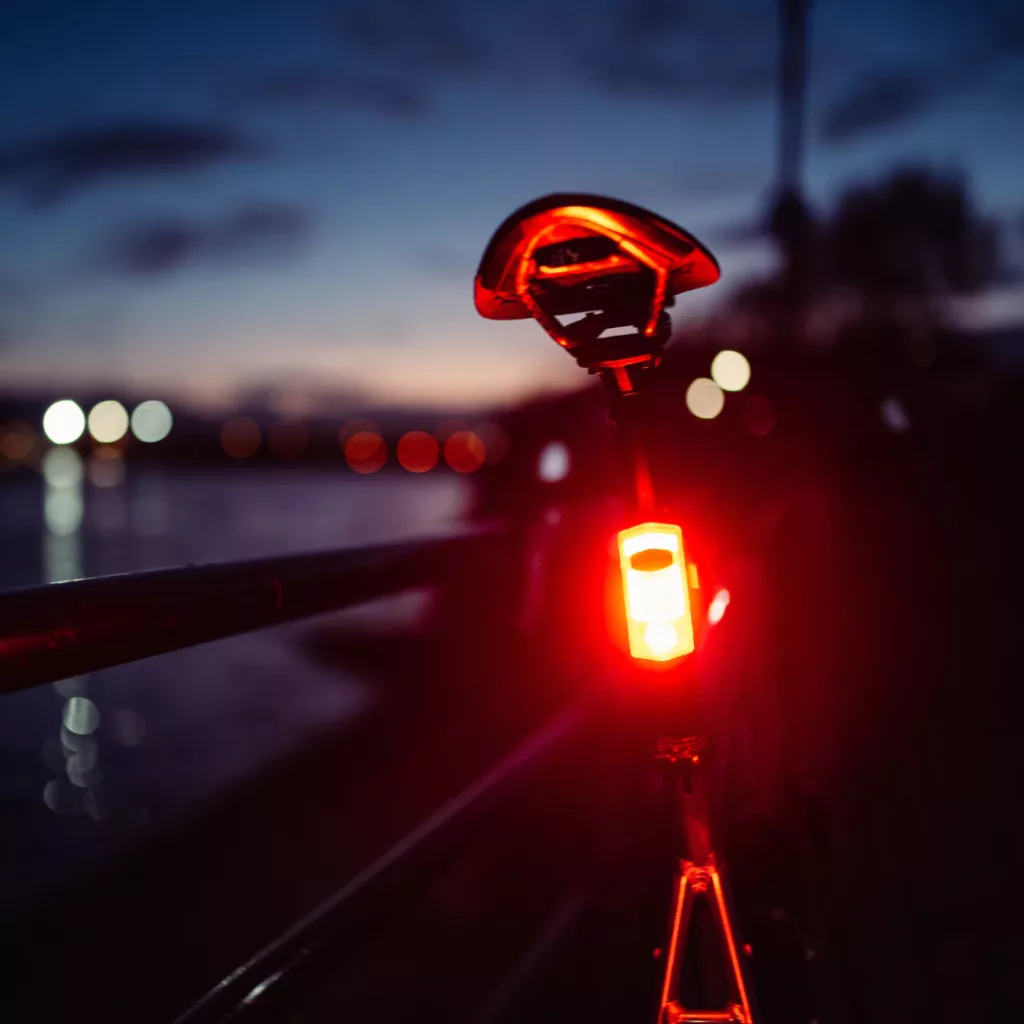
Night Riding
Night riding allows you to take advantage of quieter roads, reduced traffic congestion, and potentially faster travel times. However, it is essential to prioritise safety during these nighttime hours.
Lights: Equip your bike with a powerful front light that illuminates the road ahead and makes you visible to other road users. Consider adding a rear light to enhance visibility from behind. Opt for lights with multiple brightness settings to adjust according to the surrounding conditions. The SeeSense lights are a good option.
Reflective Gear: Wear reflective clothing or accessories, such as a reflective vest, ankle bands, or reflective tape on your helmet or bike frame. These reflective elements will significantly enhance your visibility to motorists and other cyclists.
Reflective Panniers or Backpack: If you’re carrying gear or supplies, choose panniers or a backpack with reflective surfaces. This will increase your visibility from the sides and improve safety during night riding.

Route Familiarisation: Familiarise yourself with the route before embarking on a night ride. This prior knowledge will help you navigate confidently and reduce the risk of unexpected surprises along the way.
Riding in a Group: Consider riding with a group of experienced cyclists for additional safety and support during nighttime hours. Group riding enhances visibility as multiple lights are present, and it provides a sense of camaraderie and mutual assistance throughout the journey.
Stay Alert and Mindful: Night riding can be challenging due to reduced visibility. Stay focused, watch for road hazards, and be mindful of other road users. Anticipate potential obstacles and adjust your speed accordingly.
Hopefully, all the information here helps you achieve your challenge of cycling from London to Paris in under 24 hours!


